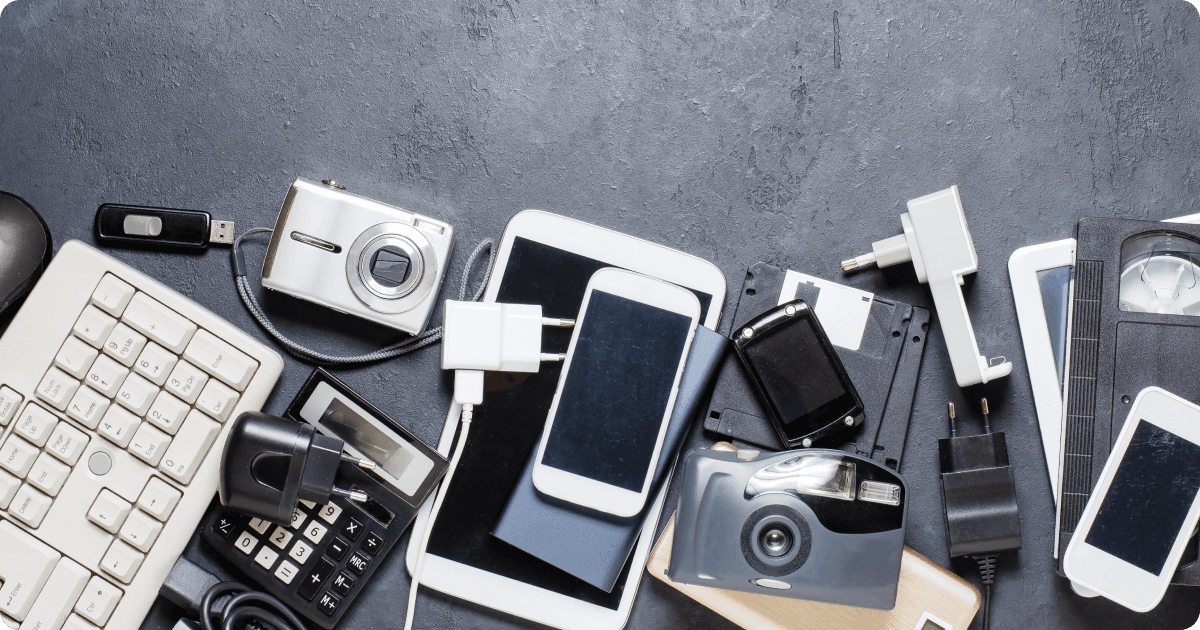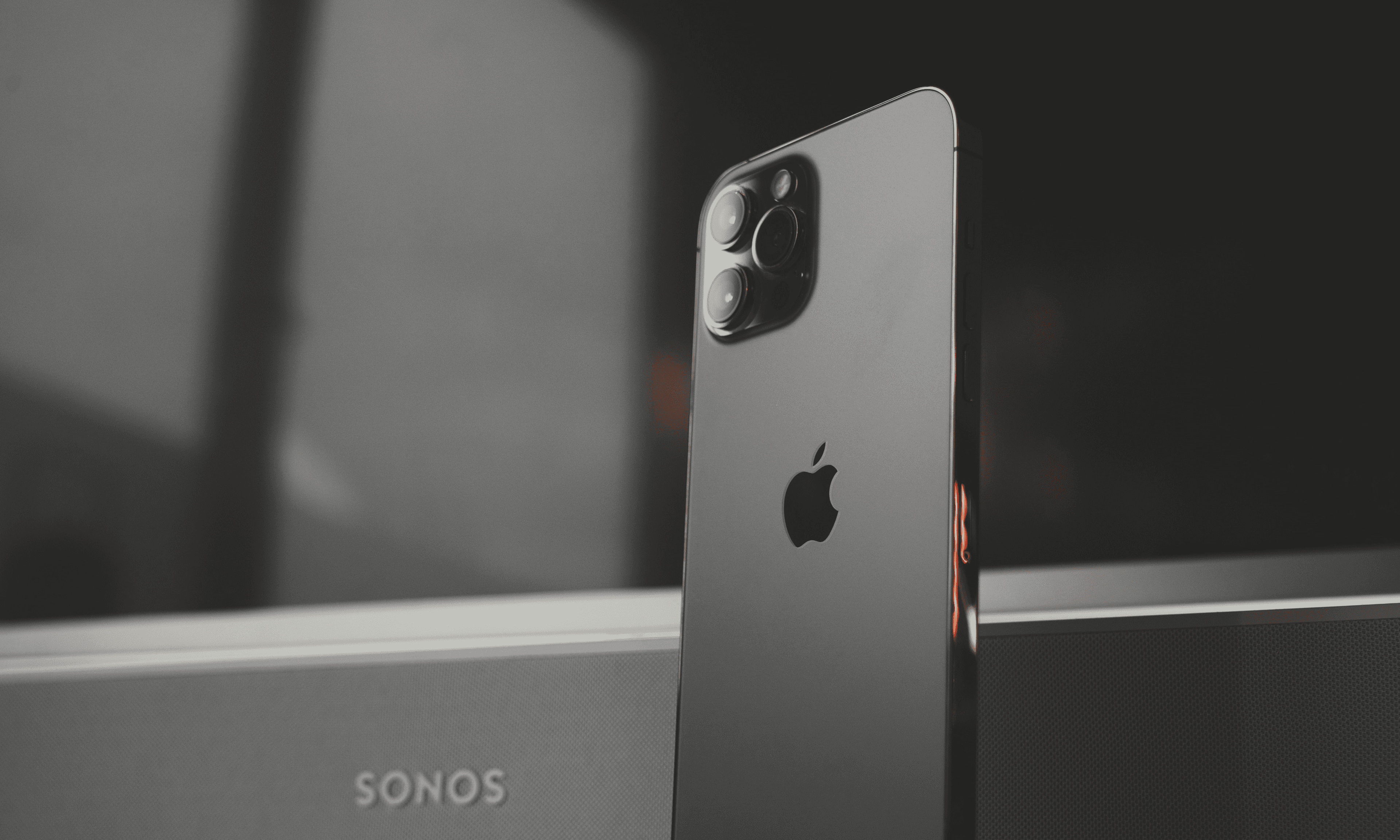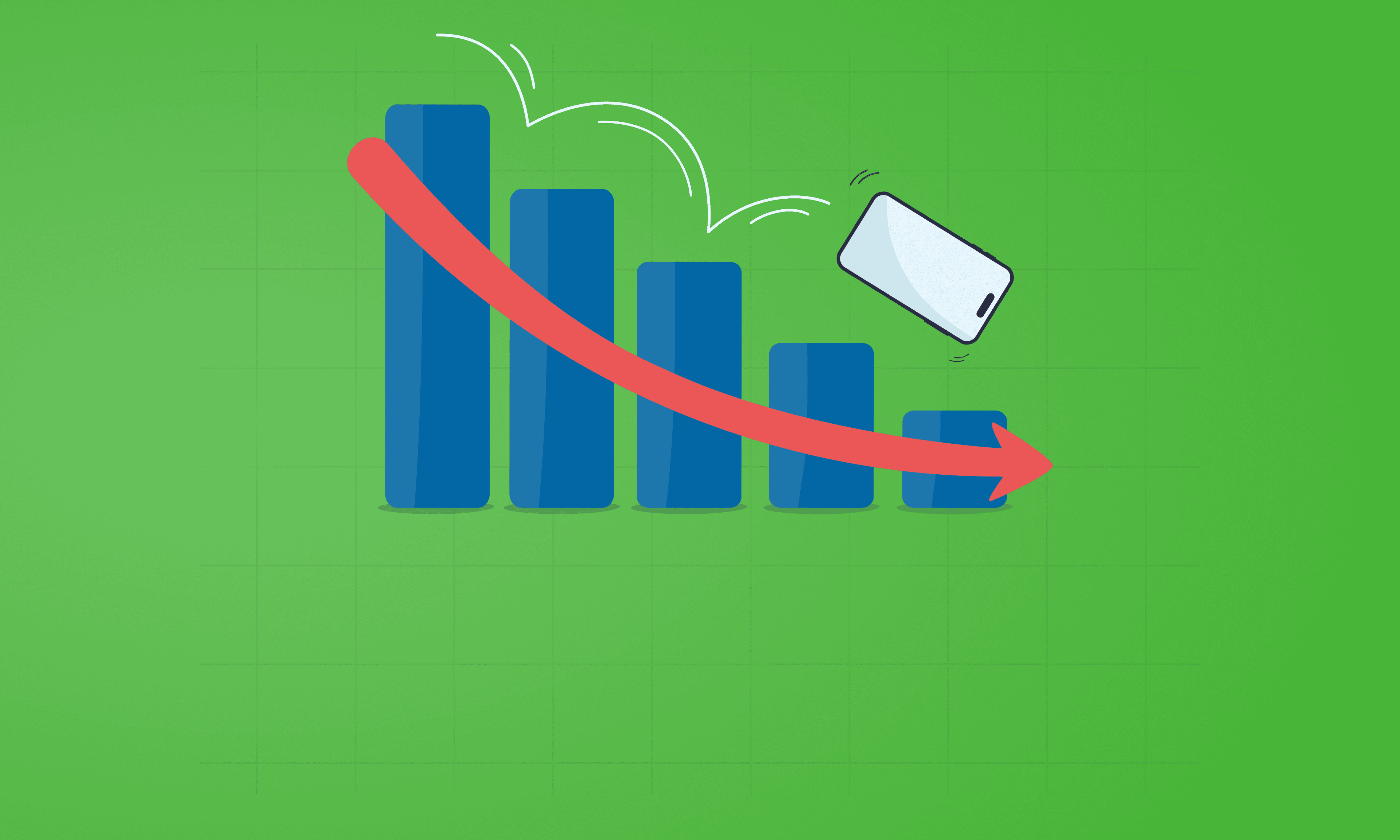
We’re not new to talking about the environmental impact of electronics and our currently unsustainable approach to producing and owning them. There’s a great need to move to circular ownership of devices. While manufacturers should aim to reduce their reliance on virgin resources to produce new items, consumers need to make sure fewer of their used items become e-waste, but instead are reused or recycled.
In this article:
How Can We Reduce E-waste? Find out how implementing circular economy practices can have an impact on e-waste reduction.
8 Ways to Reduce E-Waste Learn different ways you can personally reduce your e-waste.
Buy Less Have you looked at your spending habits when it comes to tech?
Choose Electronic Devices That Are Environmentally Endorsed Let's take a look into the environmental endorsements the manufacturer of your electronic devices have.
Sell Your Electronic Devices When was the last time you checked that drawer in your house filled to the brim with old tech and broken wires?
Learn About Your Local Recycling Options Most people do not realise that their local recycling points offer the safe disposal of electronic goods.
Live In The Cloud Learn more about how you can store and manage your data without having to buy a new device with more storage.
Extend The Life of Your Devices If you're spending a lot on a device, you may as well protect it and be an advocate for circularity.
Organise All Your Electronics Have you ever had done a spring clean for your electronic devices?
Donate Your Devices Learn why donating your fully functioning electronic devices can be a fantastic way to minimise your e-waste.
In order to reduce e-waste and keep our environment clean, we need to start implementing circular economy practices. The idea behind circular economy is that everything has value, so it should be reused as much as possible before being recycled. It aims to keep resources in use for as long as possible, extract the maximum value from them while in use. Finally, recover and regenerate products and materials at the end of each service life.
Circular economy doesn't only cover e-waste, but it can be applied to everything we consume. This includes reducing our consumption of products that are made from unsustainable and polluting materials and reusing products that have been already manufactured. Additionally wasting less and recycling what cannot be reused, composting organic waste and using renewable energy sources such as solar.
We've compiled a list of simple ways you can make an impact on curbing e-waste in your household and be inspired to embark on the journey to circularity with electronics.
Ask yourself whether you really need a newer model before you buy yet another gadget. The electronics industry has become highly disposable. People are offered upgrade plans and new smartphone models every few months. Many consumers will simply purchase a newer model rather than upgrading the memory in their existing laptop, putting a considerable pressure on our environment. The question of whether an entirely new unit is required, or a simple memory upgrade will suffice is the question to asnwer before you start shopping around.
If you happen to be looking to purchase a mobile phone or a laptop, pay attention to environmental endorsements the manufacturer or the product has.
One of many eco labels that covers the IT sector is Electronic Product Environmental Assessment Tool (EPEAT). It’s an easy tool to check the product’s sustainability and other green credentials. Another alternative is an established Eco Rating, which scores mobile phones based on durability, repairability, recyclability, climate impact and resource efficiency.
Buying refurbished phones and other devices instead of brand-new, on the other hand, is a great way to save money and reuse what’s been made, while minimising your carbon footprint at the same time.
Sell your devices as soon as you no longer need them. They lose value quickly when newer models come on the market. If you have an unwanted tablet, smartwatch or mobile phone on hand, check our comparison for offer prices from different recyclers and sell it on. Help do the same for your family or friends, it's a really easy and more sustainable way to get rid of old devices.
You probably have noticed a crossed-out wheelie bin on the back of your phone or laptop which indicates that they must not be disposed of with general household waste, but are recycled instead. It may surprise you to know that around 80% of a phone can be recycled. If you find yourself in a situation when your used device can not be resold or repurposed, check your local council’s rules to find out what can be recycled, to avoid recycling the wrong items unintentionally.
According to the government's e-waste regulations televisions, laptops, tablets, and mobile phones with screens should be disposed of carefully and safely. This is because some of the components inside the electronic items are hazardous and can leak into the ground which can damage people's health and wildlife.
Relevant reading:
Using the cloud involves storing and managing data on a network of servers which are maintained on the internet by a third party. There really is no need for an individual or business to buy a large server or heavy-duty machines for work or personal storage. You can use services such as iCloud, Dropbox or Google Drive to back up and store your files without the need to buy a new device with larger storage capacity. Cloud computing helps to reduce e-waste by lessening the demand on hard drives, so devices will last longer, reducing the need to purchase, repair, or replace hardware as often.
This advice shouldn’t come as a surprise since we’re advocating for circularity of devices and it is essential to keep electronics in use for as long as possible to offset the carbon emissions generated at manufacturing.
First thing to remember is to always buy a case for your phone or tablet, keep your devices clean and updated with latest available software, and avoid overcharging batteries. After you’re done with it, look for resale options, so someone else can carry on using your device.
Keeping your drawers organised is not only a beneficial practice for our daily lives but, it also plays a significant role in minimising e-waste. It's safe to say that many of us struggle to maintain an orderly drawer system, resulting in an accumulation of unused electronic gadgets that ultimately become obsolete. However, if we take the time to declutter our drawers on a regular basis, we can effectively reduce the generation of e-waste and contribute to a more sustainable future.
It is also worth noting that by recycling our electronic gadgets properly, valuable resources can be extracted and reused, reducing the need for raw materials in the production of new devices. Additionally, it will help prevent hazardous substances and pollutants in our mobile phones, TV's or laptops, from entering landfills and being released into the environment.
Think about giving your still functional but no longer wanted devices to local schools, non-profits, or community groups. Donations can help provide access to a world of knowledge and social connection that will make a significant impact, both on the planet and to the empowered individuals who inherit your electronics.
It is vital that we start considering the minimisation of e-waste as a priority in order to preserve natural resources, lower our collective carbon footprint and protect the environment. It is our collective responsibility to contribute towards making the world better than we found it.
Relevant reading:


The iPhone used to define innovation. So why does every new model now feel the same? Discover why Apple’s innovation story may be running out of pages.

We’ve looked at our own trade-in price data for Apple, Samsung, and Google flagships and foldables - the most popular trio of phone brands - to determine how fast their phones depreciate, and which ones are the worst and the best at holding their value over the first and second year on the market.
With Pixels becoming a decent contender for your upgrade choice, we’ve crunched the numbers to reveal depreciation patterns of Google Pixel phones.